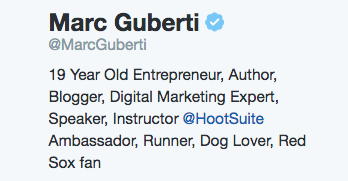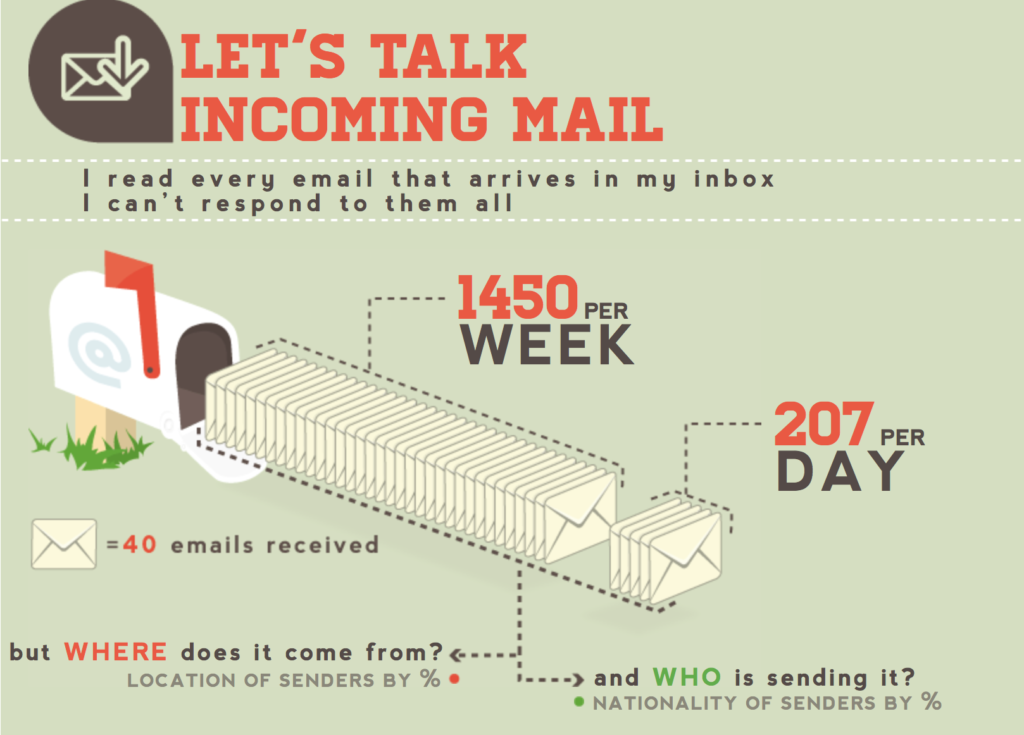
It’s very common for bloggers, video creators, and podcasters alike to set site traffic goals. Some people aim for 100,000 monthly blog visitors while others aim for 1 million podcast downloads.
But most of these site traffic goals involve a significant long-term time investment. Some people get frustrated with slow progress and give up on these goals all together.
And yet it’s possible to achieve our site traffic goals faster than we realize. It’s possible to surpass 100,000 monthly blog visitors in under a year. But if it’s possible for some people, why aren’t we all doing it?
There are only two reasons for this phenomena:
It’s a lot of work, and only a few are willing to put in that much effort.
We don’t know how.
You’ll learn the how part soon enough. At that point, it’s up to you to put in the work. Let’s go deeper so you discover how to hit your site traffic goals.
#1: Optimize Your Content For Social Shares
From here on, I’ll refer to the people with hundreds of thousands of monthly visitors, millions of downloads, and millions of views as colossal content influencers. That will make it easier for me to write this blog post.
Colossal content influencers tend to share a few things in common. A glaring commonality is that they all get hundreds or even thousands of shares for all of their new content. These individuals have large email lists of devoted fans, but that’s not the entire story.
These same people optimize their blog posts for social shares. It’s common practice to include social sharing buttons at the top or bottom of every blog post. This is a default option you can get from WordPress and similar options.
But this is a limitation.
You need to give your visitors as many opportunities as possible to share your content. You can include blocks of text throughout your content that invites people to share your content. You can even have the social media buttons on the side as someone consumes your content.
For YouTube videos, you can include a Click To Tweet link in the description.
#2: The Ultimate Hack For Getting People To Share Your Content
For every blog post I write, I set a goal to include at least five outbound links. Outbound links lead to other people’s content. For videos and podcast episodes, you can mention at least five articles and people in each new release.
A few days before the blog post goes live, I’ll then contact everyone I mentioned. In this email, I do three things:
- Let them know I mentioned them in the upcoming blog post
- Tell them when the blog post goes live
- Ask them if they can share it
If people say yes, I’ll follow-up with the link on the day the blog post gets published. I’ll also provide a prewritten tweet to make it easier for these people to share my content.
Since I publish a new blog post every day, that means I have to mention people a grand total of 1825 people every year asking them to share my content. Since these people are in the blog post, many of them will share it. Some of these people will even consume your content and become devoted fans.
They’ll point back to your content frequently and show people where you mentioned them. They’ll spread the word on social media and to their audiences.
Some of these people can drive 10 visitors to your content. Others can drive 100, especially if some of these people decide to share your content more than once.
If you mention 10 people per blog post, you’ll then contact 3650 people every year asking them to share your content. The more people you mention in your content, the better these numbers serve you.
I reach my goal of mentioning at least five people in each of my blog posts by writing the blog post first and mentioning others later. Once I have a view of the entire blog post, I can then determine what kinds of content and people I can include within my content.
For videos and podcasts, I plan out who I will mention before I start recording. For interviews, it’s more off the cuff, but I have a general idea of who to mention if a specific topic comes up (i.e. I know who to mention when the conversation turns towards webinars).
#3: Add More Depth To Your Content

My blog posts are rarely under 1,000 words. Most of my podcast episodes are 30 minutes or longer. Why so much?
The answer is depth. I’m providing my audience with more value for each piece of content I publish. People don’t want to filter through a bunch of blog posts, episodes, and videos when all of the information is in a single piece of content.
We want lengthy guides instead of fragmented advice. This is why long form content outperforms short form content.
When I started writing 2018’s blog posts in late November, I set my benchmark at 1,000 words. Now I am gradually increasing that benchmark. Every week, I’ll add an extra 100-200 words to the benchmark until I can consistently write 2,000+ word blog posts in an hour or less.
Long form content also requires a different content consumption mindset. Your visitors need to stick with you for the long haul to finish reading the 2,000+ word blog post or listening to the 30 minute podcast episode. If you get people to invest that kind of time into your brand, you can expect them to enthusiastically come back as long as the value is good.
#4: Grow Your Email List
Your email list is where the magic happens. This is where you turn visitors into subscribers, and eventually, into devoted fans. Everything you do for your content brand should always be done with the intention of growing your email list. If you decide to send tweets promoting your content, ask yourself, “How is this action helping me grow my email list?”
As you grow your email list and inform them of your new publications, you’ll attract more returning visitors who will share your content with their friends.
#5: Stay Optimistic

It’s easy to get discouraged when we fall below our expectations. As you continue to create and promote content, remember that you have a long journey ahead of you. Growing a content brand takes time.
The people who seem to hit massive site traffic goals in under a year had to squeeze at least three years of work into that one year.
So I encourage you to stay optimistic. If you believe in yourself, learn each day, and have a bias towards action, you’ll achieve your site traffic goals.
In Conclusion
Most of these tactics focused on social shares. Adding more depth to your content creates a more valuable experience and helps your search engine ranking, but social shares generate the buzz and help you move much closer to your site traffic goals.
To maintain long-term traffic regardless of how much the rules change, get as many of your visitors as possible to subscribe to your blog.
The journey is a long one, but well worth it for those who put in the effort. It’s not about if you’re willing to put in the effort. It’s about actually putting in the effort.
What are your thoughts on these tactics for achieving your site traffic goals? Do you have any tactics for us? Do you have a question for me? Sound off in the comments section below.



